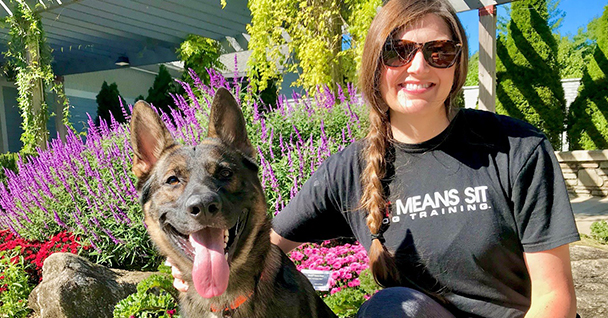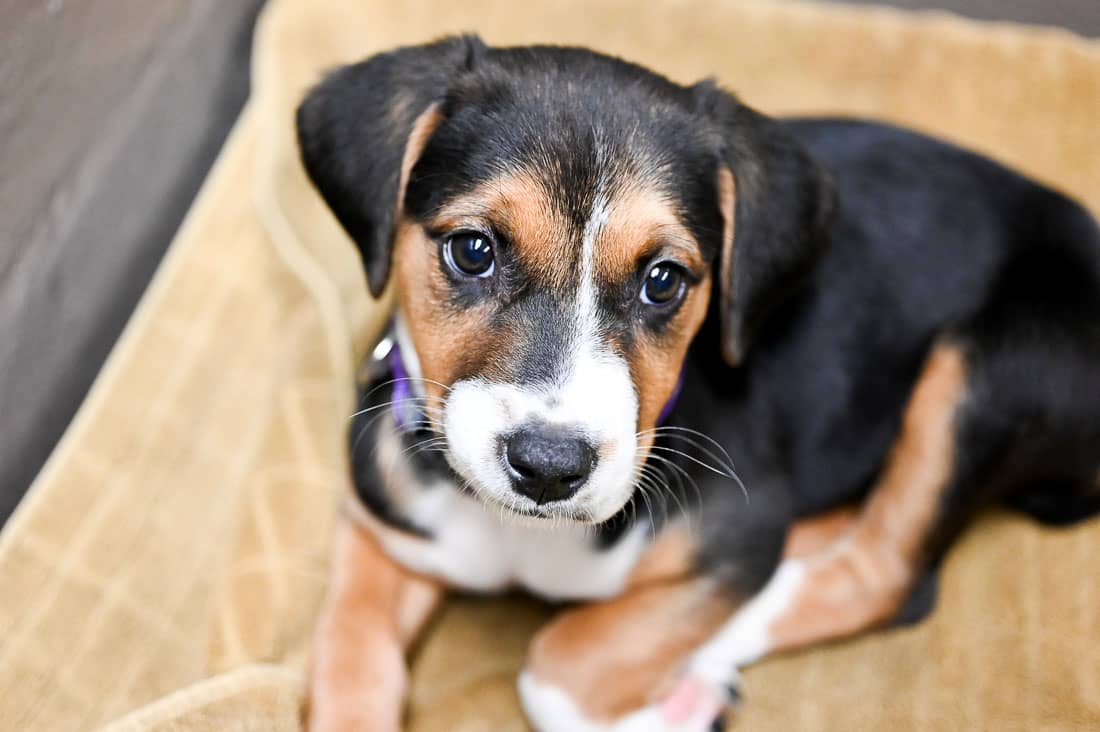Essential Tips for Successful Dog Training: A Guide for Animal Owners
Efficient pet dog training is a complex procedure that calls for a tactical approach customized to both the family pet's personality and the proprietor's goals. Comprehending just how to navigate these challenges can considerably enhance the training experience, eventually transforming the connection between owner and pet dog.
Comprehending Canine Habits
Understanding pet dog behavior is essential for efficient training and fostering an unified connection between canines and their proprietors. dog training. Dogs connect mainly via body language, articulations, and actions, making it vital for proprietors to analyze these signals properly.

Socializing plays a considerable function in dog behavior; exposure to different settings, people, and other animals can substantially influence a pet dog's personality. Moreover, variables such as breed features and specific temperament need to direct training techniques, as some breeds might have particular behavioral attributes that necessitate tailored approaches. By understanding these elements, proprietors can produce a supportive atmosphere that encourages favorable habits, leading to effective training outcomes and a much deeper bond with their animals.
Establishing Regular Commands
Effective interaction with your dog starts with establishing regular commands. This foundational component of training is important for fostering understanding in between you and your family pet. Uniformity in the commands you use makes certain that your canine can accurately connect specific words or phrases with the wanted behaviors.
When choosing commands, select clear, distinct words that are simple to claim and differentiate from one another. Prevent making use of similar-sounding commands that may puzzle your pet dog. For instance, using "sit" and "remain" is ideal, but "rest" and "hit" could cause misconceptions.
In addition, keep the same tone and volume for every command. Dogs are sensitive to vocal hints, so differing your tone can develop complication.
It is just as vital to make certain that all family members are on the very same page concerning the commands used. A united front in command use will certainly stop mixed signals and reinforce the understanding process.
Favorable Reinforcement Techniques
The power of favorable reinforcement in dog training depends on its ability to urge preferred behaviors via benefits and praise. This technique is based in the principle that actions complied with by desirable results are most likely to be repeated. By including favorable reinforcement right into your training program, you can effectively form your dog's actions in a useful fashion.
To execute favorable reinforcement, it's vital to recognize what inspires your pet, whether it be treats, playthings, or spoken praise. When your dog does a desired action, such as resting on command, instantly award them with a reward or affection. This organization between the command and the favorable outcome reinforces their understanding.
It's essential to timing the benefits correctly; supplying the reinforcement within seconds of the preferred actions helps your pet dog make the connection try this (dog training). Furthermore, uniformity is key-- make sure that all relative make use of the very same commands and reward systems to prevent complication

Slowly, you can lower the frequency of treats as your pet dog learns the behavior, transitioning to applaud or periodic incentives. This approach not only promotes a strong bond in between you and your pet dog yet additionally promotes a positive knowing atmosphere, making training a pleasurable experience for both.
Socialization and Communication
Consistently exposing your canine to a range of atmospheres, individuals, and other animals is vital for their social growth. Socializing ought to start early, preferably throughout the important home window of 3 to 14 weeks, when pups are most receptive to brand-new experiences. Older dogs can also profit from recurring socialization initiatives.
Present your pet dog to different settings, such as parks, pet-friendly stores, and metropolitan locations. This direct exposure assists them adapt to various stimuli, minimizing stress and anxiety and worry reactions. Encourage favorable communications with various other pet dogs and people, making sure that these encounters are safe and controlled to foster confidence.
Use structured playdates with genteel dogs, as this can enhance your pet's social skills and educate them proper behavior. Obedience courses and training sessions likewise offer superb chances for socializing, enabling your pet to connect with others in a supervised setting.
Screen your pet's body language throughout interactions, as this will certainly help you assess their convenience level. Progressively enhance direct exposure to more tough situations while making sure that each experience is positive. A well-socialized dog is extra likely to display well balanced behavior, making them a delight to have in any setup.
Addressing Typical Training Obstacles
Every dog check these guys out owner will certainly experience training obstacles eventually, no matter their pet dog's age or socializing level. Determining usual issues such as stubbornness, interruptions, and terror can aid in creating effective methods for renovation.

Gradually introduce disturbances as the dog comes to be much more skilled in commands. Short, constant training sessions are likewise efficient in maintaining focus.
Fearfulness can hinder a pet's understanding Visit This Link procedure. Progressive desensitization to the source of concern, combined with positive support, can aid ease anxiety. Persistence is essential; never compel a pet dog into a situation that causes distress, as this may aggravate the problem.
Ultimately, understanding and addressing these usual difficulties with a structured approach will certainly promote a more effective training experience, enhancing the bond in between pet dog and proprietor while promoting effective understanding.
Final Thought
In recap, effective dog training depends on an extensive understanding of canine actions, the establishment of regular commands, and the application of favorable reinforcement strategies. Socialization plays an essential duty in developing well-adjusted pet dogs, while resolving common training obstacles requires perseverance and flexibility. By carrying out these vital techniques, pet dog owners can promote a solid bond with their canines and advertise preferable behaviors, eventually bring about a harmonious connection in between humans and their canine friends.
Understanding canine habits is essential for efficient training and promoting a harmonious connection in between pooches and their owners.Socialization plays a considerable duty in pet dog habits; direct exposure to various atmospheres, people, and various other pets can considerably affect a pet's temperament.The power of positive reinforcement in canine training exists in its ability to encourage desired behaviors with benefits and praise. By including positive support into your training regimen, you can properly form your pet's actions in a constructive manner.
In summary, successful dog training relies on an extensive understanding of canine habits, the facility of regular commands, and the application of favorable support strategies.